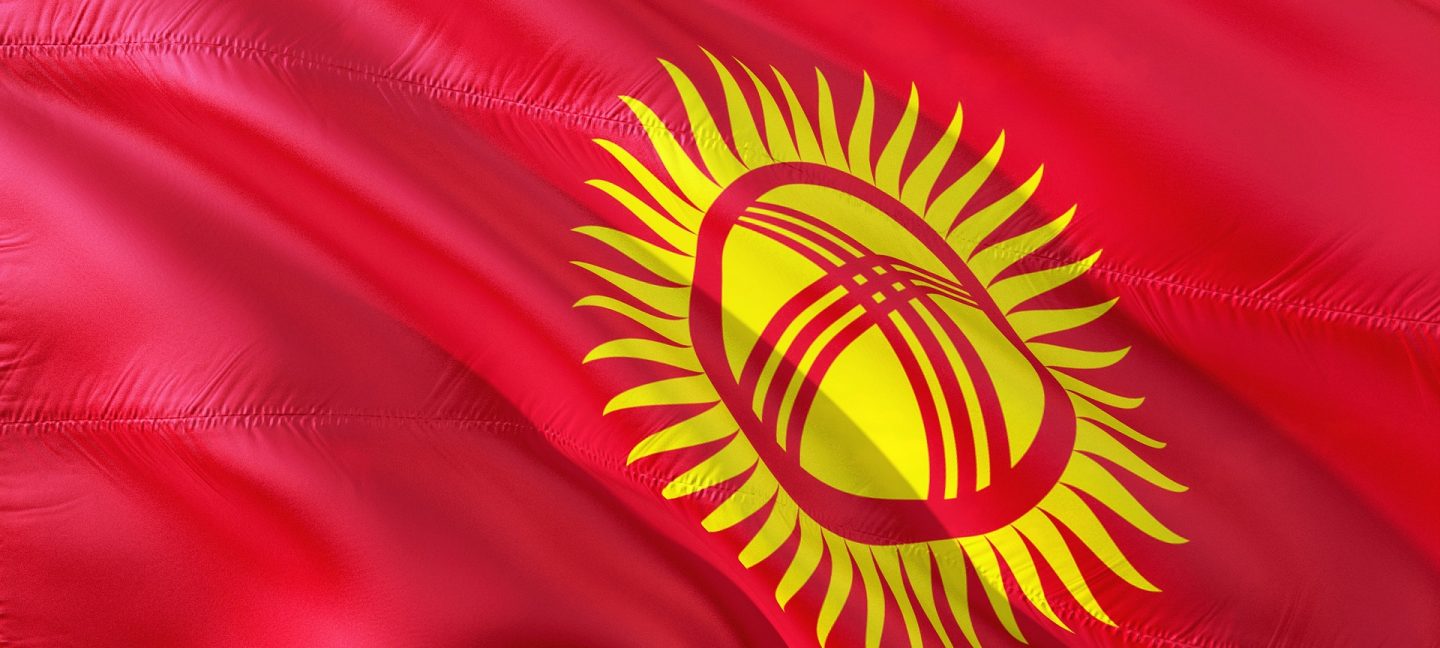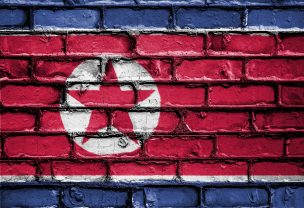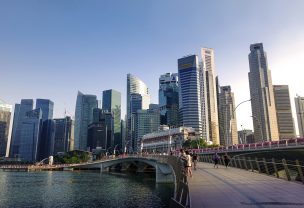Quick facts
- Full name: Kyrgyz Republic
- Capital: Bishkek
- Largest city: Bishkek
- Official language: Kyrgyz / Russian
- Area: 199,951 km2
- Population: 6,019,480 (2016)
- Currency: Som (KGS) 1 (KGS) = 100 tyiyn
- Foreign tourists: 2.9 million (2016)
- Travel risks and hazards: Possible terrorism, crime.
Located on the Old Silk Road, in the heart of Central Asia, Kyrgyzstan is a land of monumental mountains and vast alpine lakes. 90% of the country sits over 1,500 meters above sea level and there are 1,923 lakes and over 40,000 rivers, all fed by meltwater. Little wonder, then, that Kyrgyzstan is known as the Switzerland of Central Asia.
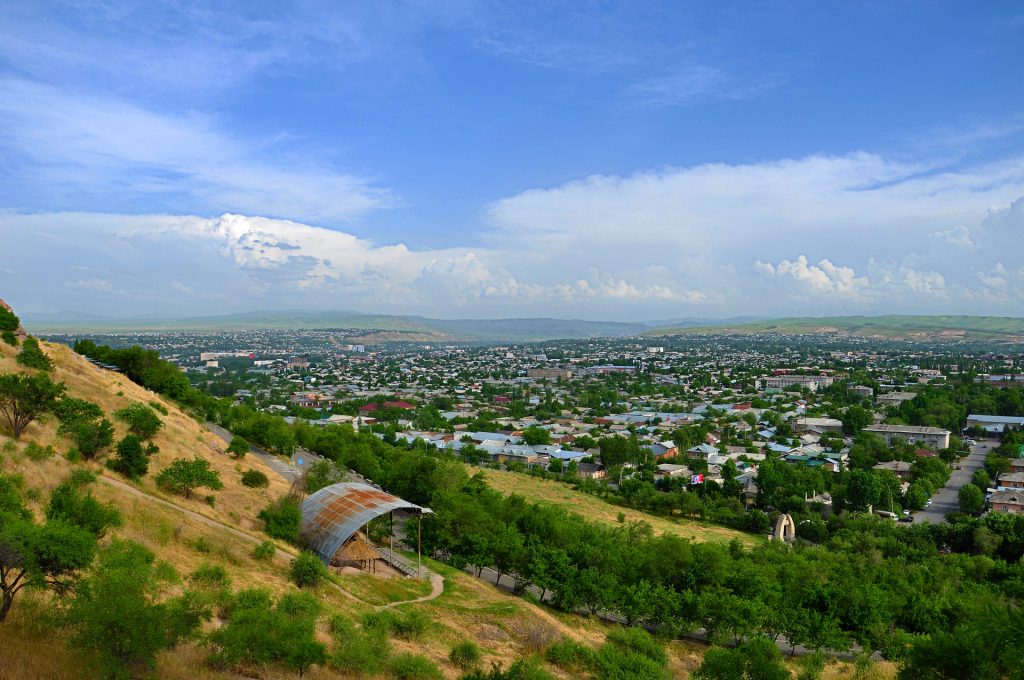
Traveling info
All visitors traveling to Kyrgyzstan must have a valid passport. Citizens of certain nations such as the ex-soviet republics may enter Kyrgyzstan for an indefinite amount of time without a visa. Others may enter for a time up to 30 or 60 days without the requirement of a visa whilst others need to obtain the document prior to entry. Tourists who wish to drive in Kyrgyzstan may do so using their national driving permits. International driving permit, however, is strongly recommended as the vast majority of policemen do not speak English. Such a document would make identification and interaction with the police much easier and swift.
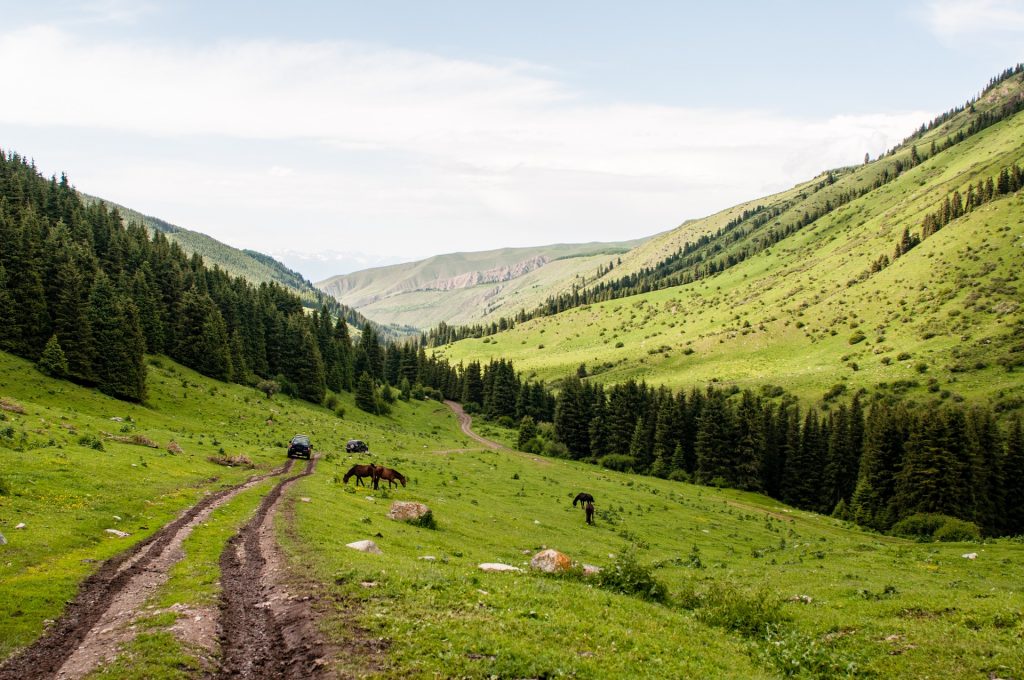
Traveling hazards
Most of the Kyrgyz Republic’s road infrastructure consists of two-lane roads, many of which have fallen into disrepair and are poorly marked and lit. Many local drivers disobey fundamental traffic laws by not stopping at red lights, driving while intoxicated, passing vehicles when it is dangerous or prohibited to do so, or not stopping for pedestrians at crosswalks and intersections. Accidents involving severe injury or death are not uncommon. Drunk driving and hit and run accidents are significant problems and drivers should exercise particular caution and use defensive driving techniques, especially at night and on holidays. In the event of an accident where there is an injury, emergency medical assistance may be very slow to respond. Even if medical assistance does arrive in a timely manner, treatment and facilities available at local clinics may not meet western standards. Drivers must exercise particular caution to avoid uneven pavement, potholes, open drains, and uncovered manholes. Night driving should be avoided, as roads are inadequately lit. In winter, roads are seldom plowed and ice and snow make the poor driving conditions even more hazardous. Pedestrians routinely walk in the road, often wearing dark clothes at night. Mountain roads in the Kyrgyz Republic are often narrow and treacherous and may close without notice due to snow, ice, or rockslides. Guardrails and barriers preventing falling rocks are often missing. Driving through mountain passes in the winter can be very dangerous. The Kyrgyz Republic does not have a roadside assistance infrastructure. Towing companies do not exist. Although mechanics are available in cities there is little organized oversight or certification of their practices or abilities. Rest areas are infrequent and basic. Service stations are generally available in and near cities, but the fuel they provide may be adulterated or of poor quality.
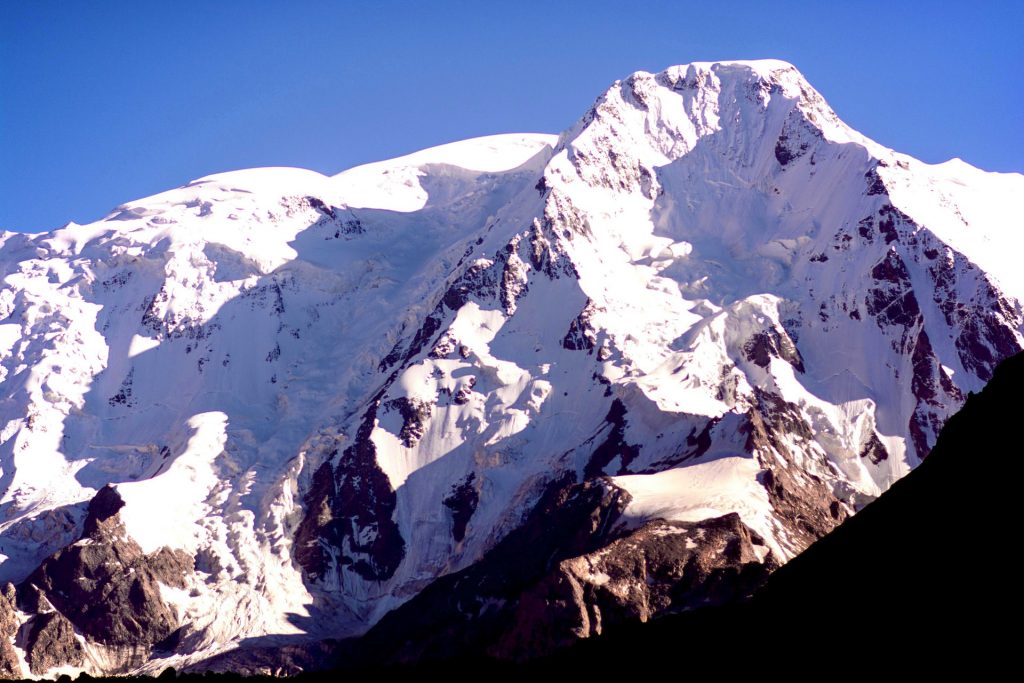
Environmental hazards
Kyrgyzstan is relatively small compared to its neighbors however the dangerous fauna is typical to the region. Most dangerous animals of Kyrgyzstan are the grey wolf, brown bears and two species of vipers. Although brown bears and wolves generally avoid people attacks have been previously recorded. These animals mostly come into contact with people while hunting livestock. Hikers are also vulnerable especially when surprisingly coming into contact with such animal at a close distance which usually results in a defensive attack from the animal. Hikers should make as much noise on their journey through the wilderness as possible. Human noises usually deter the animals and allow them to leave the area before encountering them. Vipers only bite defensively however it is usually way too late to spot such animal as they usually blend in well with the background. Although fatalities from viper bites are rather rare, the lack of effective emergency services increases such chance drastically. Kyrgyzstan is landlocked however its many rivers and lakes are perfectly safe to swim in.
Kyrgyzstan is vulnerable to natural disasters such as earthquakes. The high mountain ranges of Kyrgyzstan lie within a belt of intense tectonic activity. The whole territory is seismically active and earth tremors occur frequently. Floods, debris flows and landslides are quite frequent in the country. Glacial lake outbursts are also possible in the region.
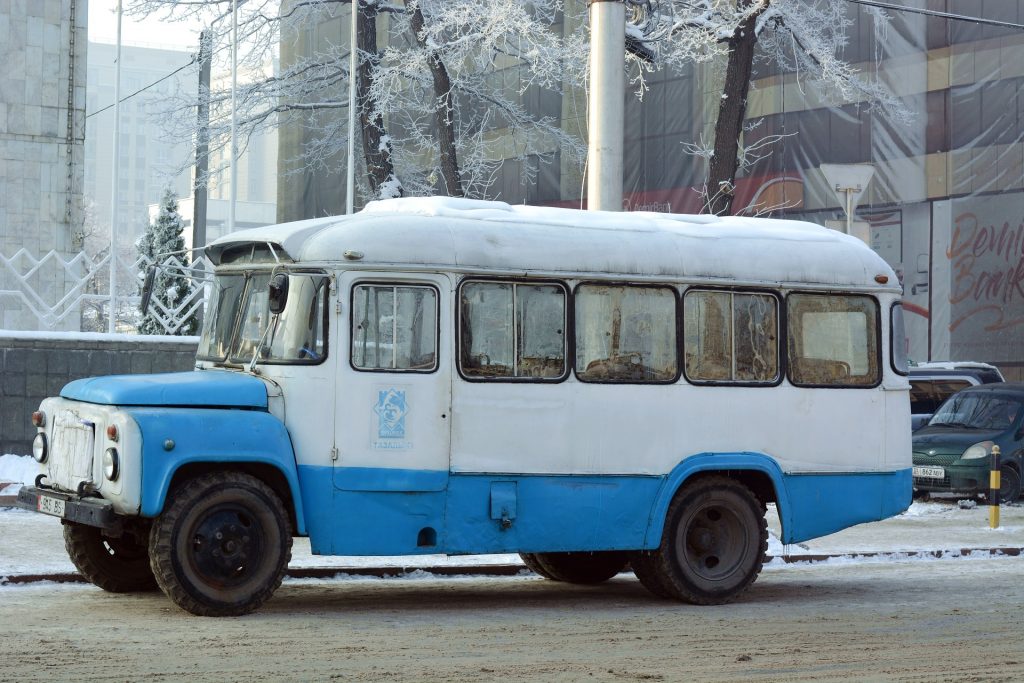
Health hazards
There has been an outbreak of measles in Kyrgyzstan in 2015. Despite the outbreak being under control visitors are strongly recommended to get the routine vaccines aka MMR vaccines (measles, mumps, rubella) to protect against a possible contraction of measles. There is no risk of yellow fever in Kyrgyzstan. The government of Kyrgyzstan requires proof of yellow fever vaccination only if you are arriving from a country with risk of yellow fever. Other vaccinations which are recommended but not required are typhoid vaccine, hepatitis A and B and rabies vaccines. Kyrgyzstan inherited the Soviet system of free universal health care, which in Kyrgyzstan’s case generally provided sufficient numbers of doctors, nurses, and doctor’s assistants, as well as medical clinics and hospitals. Tourists who visit Kyrgyzstan usually prefer to use private healthcare however private clinics will be hard to come by anywhere outside of Bishkek.
In case of an emergency dial 103.
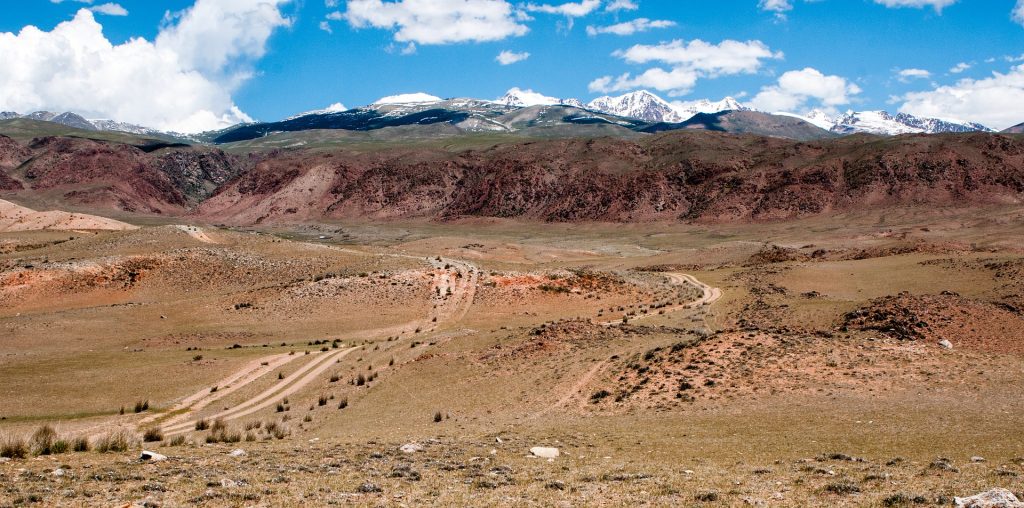
Crime
Although relatively uncommon, there have been reports of violent muggings and assaults of foreigners in downtown Bishkek at night. Other non-violent crimes occur regularly. In 2017, Bishkek reported 9,901 crimes.
On multiple occasions in recent years, foreigners have reported having their drinks drugged. In one instance, after being drugged at a local nightclub, a tourist was forcibly raped by multiple assailants. Foreigners, particularly western tourists are perceived to have more money than locals. There is a high incidence of petty theft and pickpocketing in local open-air markets, bazaars, and other crowded places. There is a particular need to pay close attention to one’s surroundings and belongings while in crowded public places, walking on crowded streets and through underground malls and crossovers, and if traveling on public transportation. Although there has not been a terrorist attack carried out since 2016 there is still a chance of such incidents. There are various Islamic terrorist groups operating in on the border areas and in neighboring countries. Cannabis in Kyrgyzstan is illegal but has a long history in the nation, which has been posited as the ancestral homeland of the cannabis plant. Additionally, solo female travelers should take caution when traveling through Kyrgyzstan, especially when visiting more rural areas of the country. While not common, bride kidnapping has occurred in the past. In 2007, two American women were bride kidnapped in Kyrgyzstan.
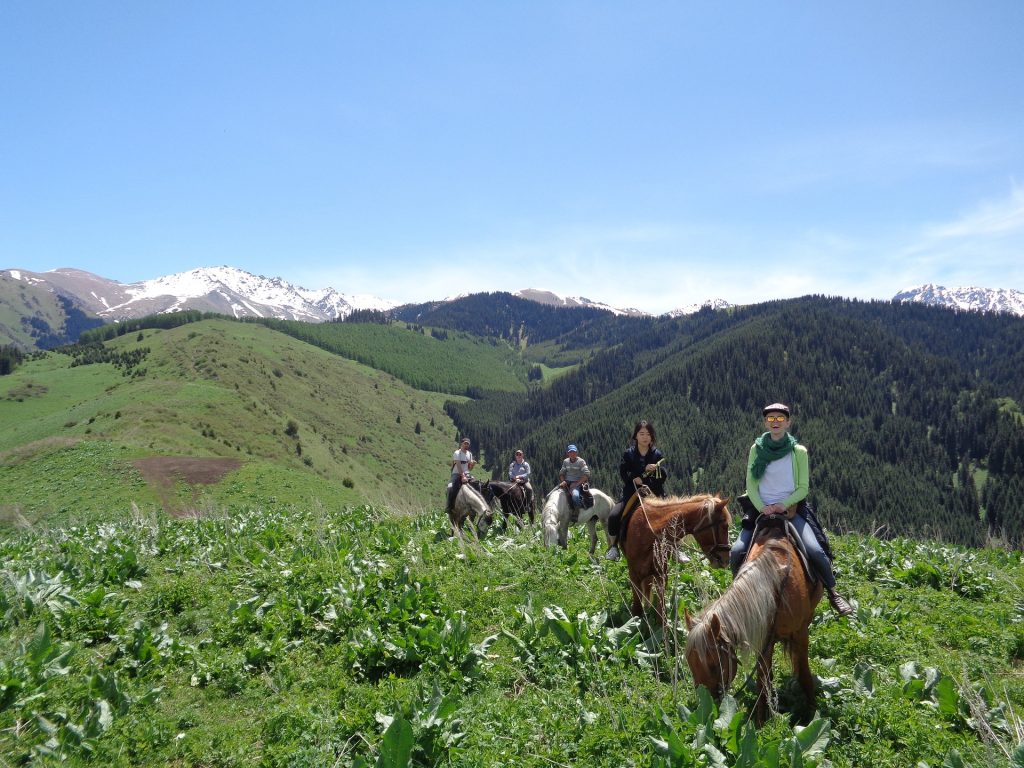
Summary
Kyrgyzstan is an amazing destination for those who enjoy trekking in the unscathed wilderness. The local food and culture is an incredible addition for those who enjoy exploring the local culture which was not yet influenced by the masses of western tourists. Remember that planning your trip with Travset.com will give you the quickest information about nearest emergency services and will also help you purchase indispensable travel insurance for the trip of your lifetime. Please feel free to comment and share the experiences of your travels with Travset.com.
Sources
(Visa)
https://www.kgembassy.org/en/consular-issues/applying-for-a-visa/general-visa-information/
http://www.evisa.e-gov.kg/
(Vaccinations)
https://wwwnc.cdc.gov/travel/destinations/traveler/none/kyrgyzstan



